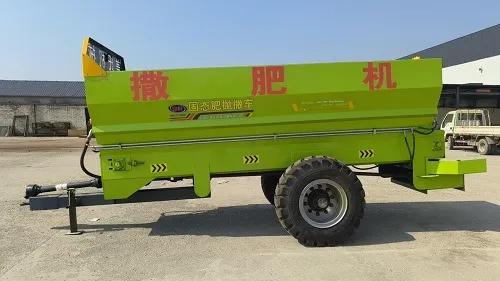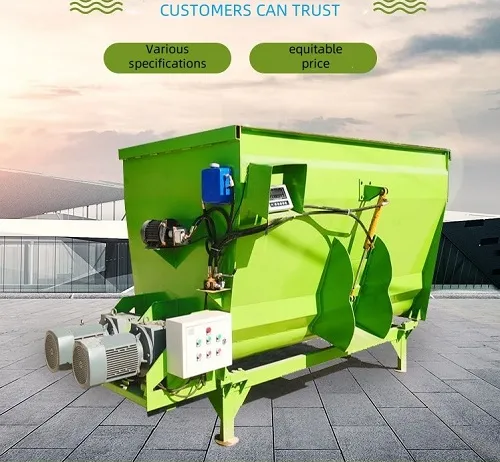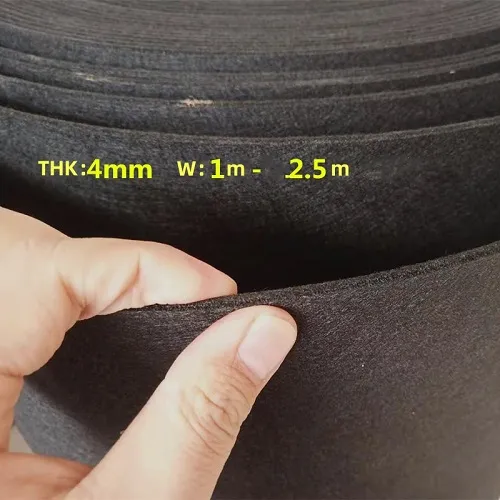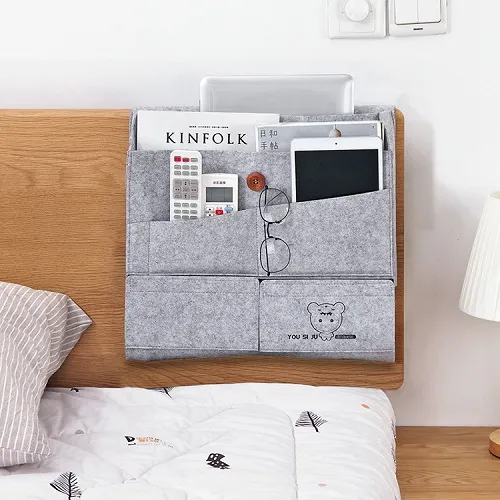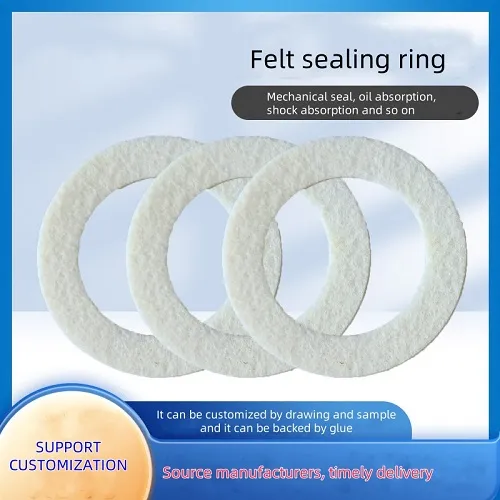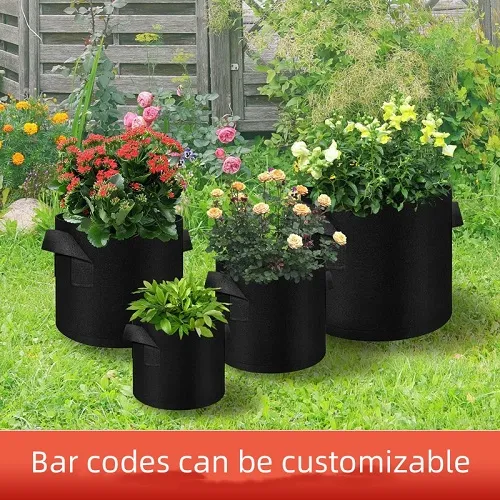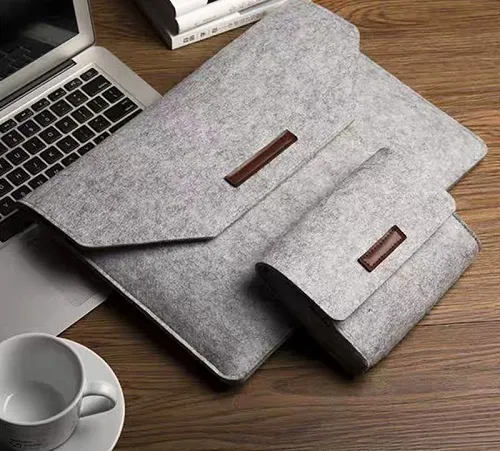Exploring the Benefits and Applications of Non-Woven Needle Felt Materials in Various Industries
Understanding Non-Woven Needle Felt A Comprehensive Overview
Non-woven needle felt is a unique material that is widely utilized in various industries due to its versatile nature and excellent properties. Unlike traditional woven fabrics that consist of interlaced threads, non-woven needle felt is created by entangling fibers using a mechanical process, resulting in a strong, durable, and flexible material. This article aims to explore the characteristics, manufacturing processes, applications, and advantages of non-woven needle felt.
Characteristics of Non-Woven Needle Felt
The primary feature of non-woven needle felt is its dense and cohesive structure, which is achieved through a process known as needle punching. During this process, sharp needles perforate layers of fiber to entangle them, increasing the material's density and strength while creating a felted texture. Non-woven needle felts can be made from various fibers, including synthetics like polyester and polypropylene, as well as natural fibers such as wool and cotton. This flexibility in fiber choice allows manufacturers to tailor the material’s properties to specific requirements, such as thermal resistance, water repellency, and chemical resistance.
Manufacturing Process
The production of non-woven needle felt involves several key steps. Initially, raw fibers are fed into a carding machine, where they are opened, blended, and aligned to create a uniform web of fibers. Following carding, the fiber web undergoes needle punching, where thousands of barbed needles mechanically entangle the fibers through repeated punching. This process results in a thick, non-woven fabric that possesses a unique texture and enhanced durability. After needle punching, the felt may undergo additional treatments, such as heat-setting or coating, to further enhance its properties based on end-use applications.
Applications of Non-Woven Needle Felt
non woven needle felt
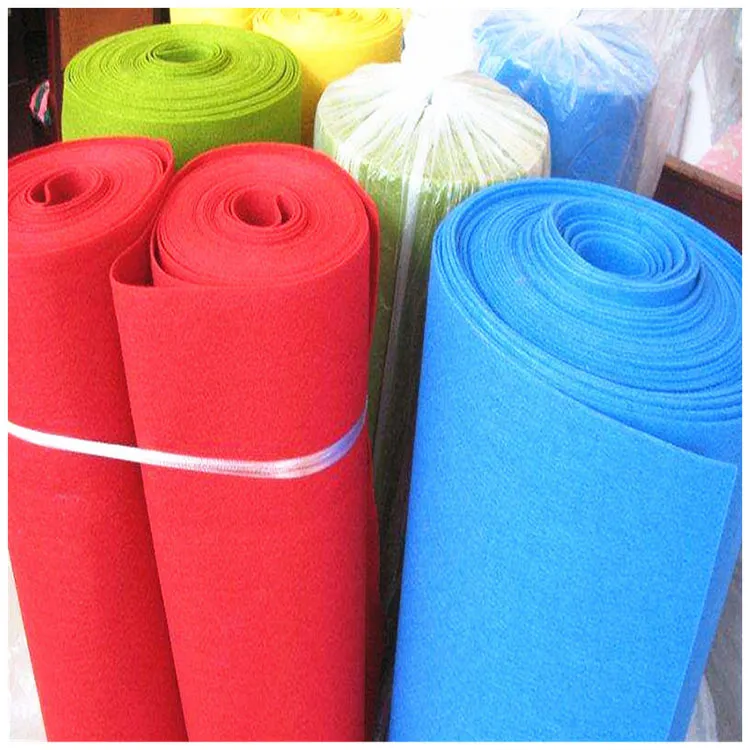
Non-woven needle felt has a wide range of applications across diverse industries. In the automotive sector, it is used for sound insulation and vibration dampening, enhancing passenger comfort. Additionally, its heat resistance makes it suitable for applications near engines and exhaust systems. In the construction industry, non-woven needle felt serves as a moisture barrier and insulation material, providing energy savings and protection against the elements.
In the textile industry, needle felt finds extensive use in creating carpets, rugs, and upholstery materials. Its resilience and ability to withstand wear make it a popular choice for areas with high foot traffic. Non-woven needle felt is also utilized in filtration applications, where its porous structure allows for effective air and liquid filtration, removing contaminants and ensuring cleaner environments.
Advantages of Non-Woven Needle Felt
The advantages of non-woven needle felt are numerous. First and foremost, its production process allows for cost-effective manufacturing, making it an attractive option for various applications. It is lightweight, yet durable, providing excellent performance without adding significant weight to products. Furthermore, non-woven needle felt can be easily cut, sewn, and shaped, allowing for design flexibility in product development.
Moreover, non-woven needle felt can be produced in different thicknesses, densities, and colors, enabling customization for diverse end-users. Its resistance to mildew, rot, and chemicals increases its lifespan, making it a sustainable choice for many industries.
In conclusion, non-woven needle felt is an invaluable material that combines functionality, durability, and versatility. Its extensive applications and beneficial properties make it a preferred choice across numerous sectors, ranging from automotive to textiles and construction. As industries continue to evolve, the demand for non-woven needle felt is likely to grow, driven by its ability to meet diverse manufacturing needs efficiently and effectively. The unique characteristics of this material will undoubtedly play a significant role in shaping the future of many products and applications.
-
What Makes Felt a Great Choice?NewsNov.19,2024
-
Total Mixed Ration (TMR) Feed for CattleNewsNov.19,2024
-
The Ultimate Guide for Felt Polishing WheelsNewsNov.19,2024
-
Industrial Felt for Various ApplicationsNewsNov.19,2024
-
Felt Makeup Bags and Inserts BagsNewsNov.19,2024
-
Choosing the Right Hotel TowelsNewsNov.19,2024
-
Your Go-To Guide For Affordable Wholesale Wool FeltsNewsOct.31,2024

